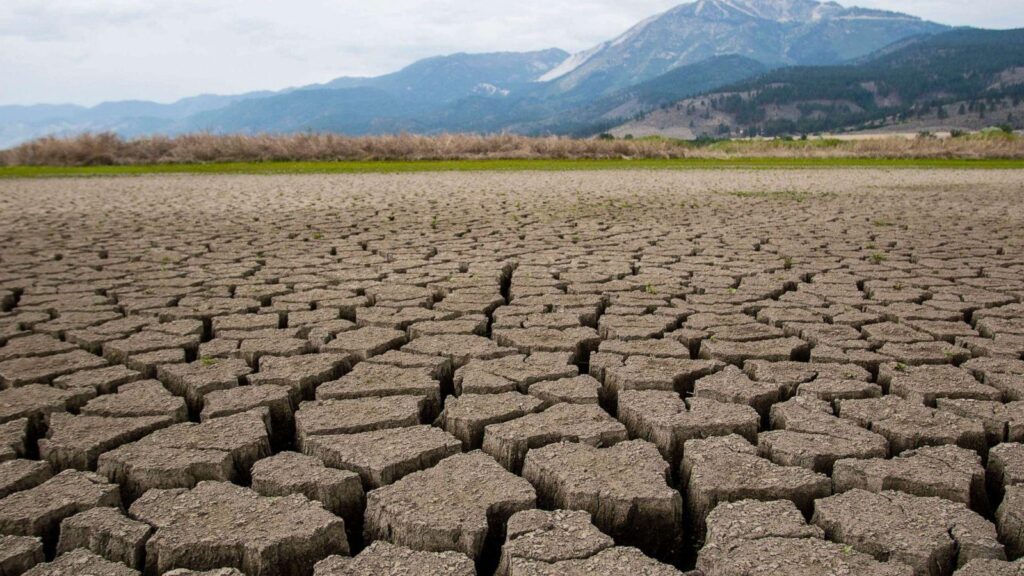In the heart of America’s agricultural landscape, a groundbreaking technique is revolutionizing water conservation and challenging traditional farming practices. Farmers across the nation are embracing a technology that promises not just efficiency, but a radical reimagining of irrigation—allowing them to manage crop hydration from virtually anywhere, even a sandy shoreline thousands of miles away. This innovative method is turning the age-old image of farmers toiling under the sun into a relic of the past, replacing backbreaking labor with smart, remote-controlled solutions that could save millions of gallons of water annually.In a groundbreaking development that’s turning heads across agricultural landscapes, farmers are revolutionizing water conservation through cutting-edge irrigation technology. This game-changing approach combines satellite imaging, artificial intelligence, and precision sensors to transform traditional farming practices.
Remote monitoring systems now enable farmers to control water distribution with unprecedented accuracy. Smart sensors embedded in fields collect real-time data about soil moisture, temperature, and crop health, transmitting instantaneous details directly to farmers’ smartphones and tablets.
The technology uses advanced algorithms that analyze environmental conditions, predicting exact water requirements for different crop zones. By mapping microclimates within individual fields, farmers can now deliver precise water quantities to specific areas, eliminating wasteful over-irrigation.
Drone technology plays a crucial role in this innovative strategy. Aerial imaging captures detailed field landscapes, identifying areas of moisture stress and potential water distribution inefficiencies. These high-resolution images provide farmers with comprehensive insights into their agricultural ecosystems.
Emerging startups are developing AI-powered irrigation platforms that learn and adapt to unique field characteristics over time. Machine learning algorithms continuously optimize water usage,considering factors like crop type,soil composition,and ancient weather patterns.
Some early adopters report saving up to 40% on water consumption while maintaining or even improving crop yields.The economic and environmental implications are considerable, particularly in regions experiencing chronic water scarcity.
Solar-powered irrigation systems complement these technological advances, reducing energy costs and carbon footprint. Integrated wireless networks enable farmers to manage multiple fields simultaneously, dramatically increasing operational efficiency.
Interestingly, these innovations aren’t limited to large commercial farms. Small-scale agricultural operations are also accessing scalable solutions through cloud-based platforms and affordable sensor technologies.
International agricultural research institutions are collaborating to refine these methodologies, conducting extensive field trials and developing region-specific implementations. The potential for global water conservation is immense.
Venture capital firms are increasingly investing in agritech startups developing these transformative irrigation technologies. The market potential reflects growing global concerns about water resource management and sustainable agricultural practices.
For farmers, this represents more than technological advancement – it’s a paradigm shift in resource management. The ability to optimize water usage while sitting hundreds of miles away represents a profound conversion in agricultural productivity and environmental stewardship.
As climate change intensifies water scarcity challenges, these innovative approaches offer hope for sustainable food production. The future of farming is here, and it’s being driven by intelligent, data-driven solutions that promise to revolutionize how we grow food.



